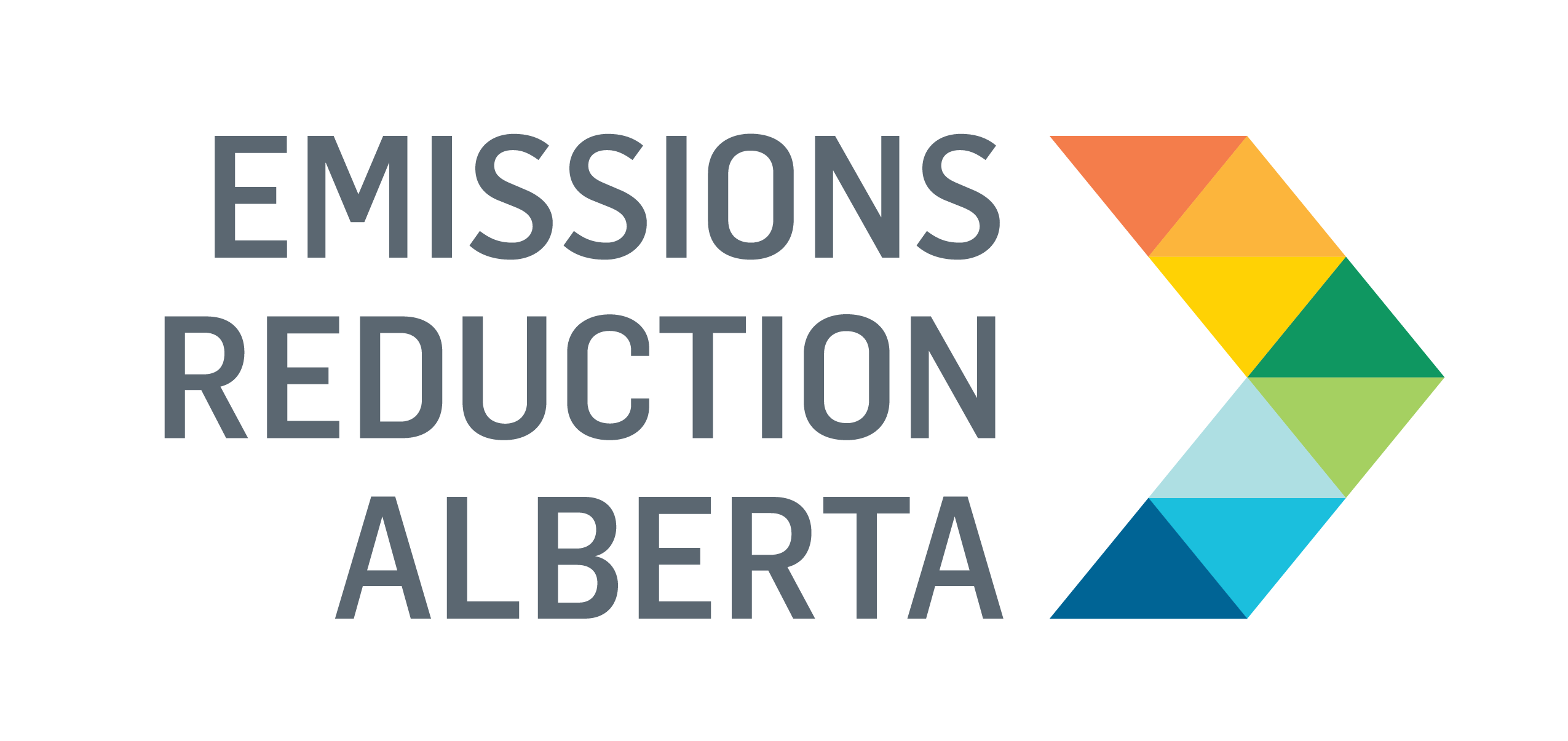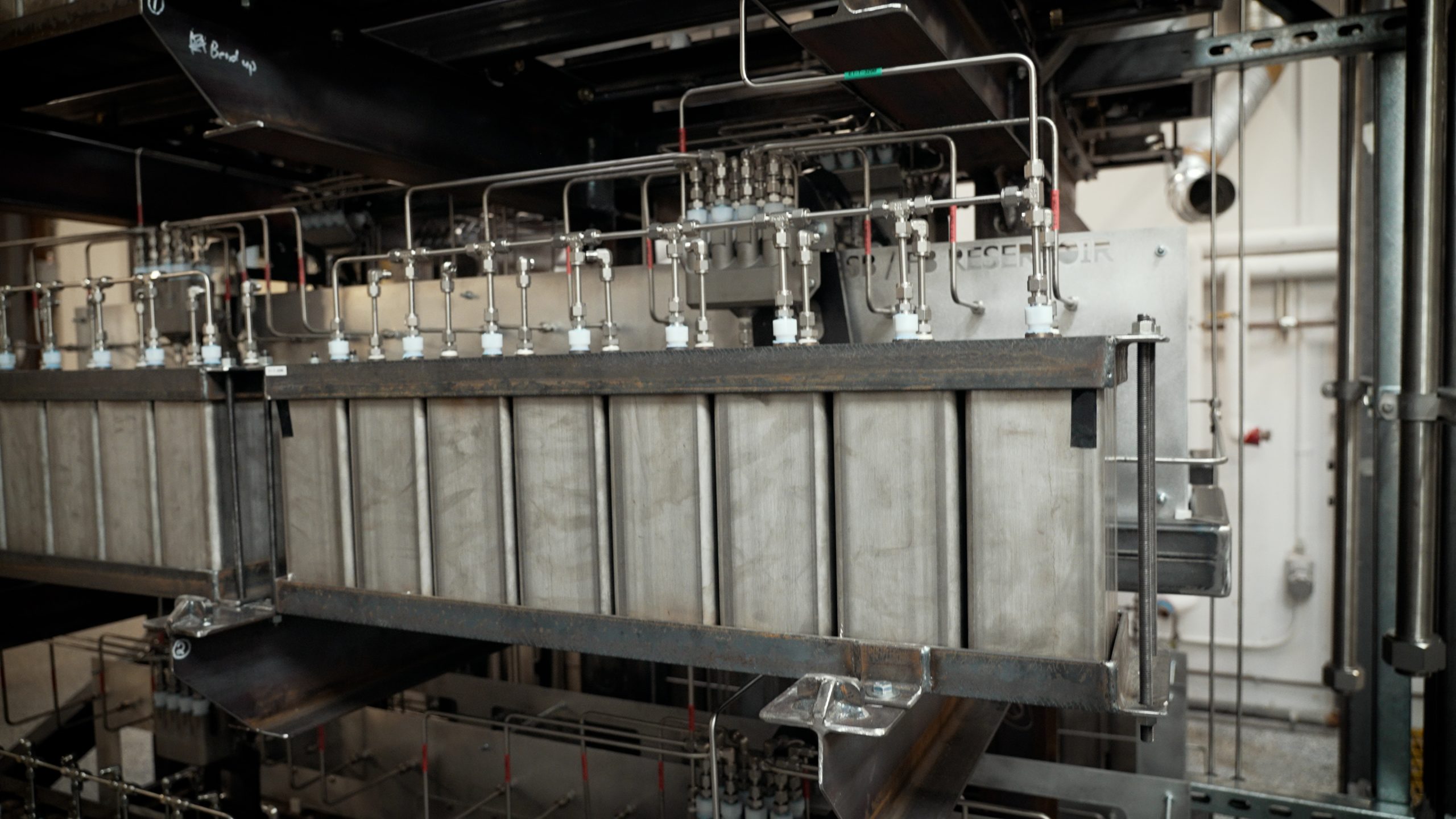While Enlighten Innovations was developing a cost-effective, low-sulphur marine fuel to address new, tighter, international shipping regulations, they stumbled on a way to produce and store a near-zero emissions energy source.
Funded in part by $10 million from ERA’s Oil Sands Innovation Challenge, Enlighten’s Clean Seas Project partially upgrades heavy oil into low-sulphur marine fuel. Enlighten estimates the process also reduces greenhouse gas (GHG) emissions on a lifecycle basis by up to 40 percent compared to alternative methods of producing marine fuel.
But then, something big (and ugly) happened.
“We started out creating a cleaner process for making ISO-compliant marine fuel oil from bottom-of-the-barrel feedstocks in Alberta,” said Neil Camarta, CEO & Co-Founder of Enlighten. “We succeeded at that—but we also created a big ugly battery along the way.”
The most common batteries currently in use are lithium-ion. However, they are limited to roughly 4 hours of energy storage. Using lithium-ion batteries to store electricity for longer than that gets prohibitively expensive.
Enlighten’s Long Duration Energy Systems (LDES) just might be a game-changer. Cost-effective, scalable, and sustainable, this made-in-Alberta solution relies on locally sourced materials and offers the opportunity to store energy for hours, days, and even weeks. An answer that meets the demand for long-term energy storage.
It’s all based on Enlighten’s NaSICON technology, a solid-state separator that isolates sodium and sulphur ions. Basically, a catholyte that contains sodium and sulphur ions is dissolved in a solvent. As the solvent is pumped between the NaSICON separator and an electrode, electricity forces the sodium ions through the ceramic separator, liquid sodium is produced on the other side, and the battery is effectively charged. As the battery discharges, the sodium passes back through the ceramic separator and recombines with the sulphur ions to release electrical energy.
“Our battery is sustainable and emissions-free,” said Camarta. “This is homegrown technology that a clever bunch of Alberta engineers came up with.”

While renewables like wind and solar remain one of the cleanest, most sustainable energy sources, they require the development of long-term energy storage solutions. Because energy from these sources cannot be stored for long periods of time, they often require fossil fuels as an ancillary energy source to bridge the gaps.
The practical applications for the battery are considerable. Along with offering backup power when renewable sources are unavailable, the process allows for large-scale grid support, capacity for peak usage management and has a minimal environmental impact.
By employing this technology, places like California that rely heavily on renewables and experience regular climate-related power disruptions can supply reliable energy to populations efficiently and safely while minimizing emissions.
With the requisite raw materials readily available in Alberta, Enlighten’s “big ugly battery” is well-positioned to accelerate the decarbonization and commoditization of energy markets around the world.
Enlighten’s projects illustrate how thoughtful investment in technology solutions can lead to further innovation.
“Innovation isn’t linear. The process is two steps ahead, one step back. It’s a tough slog and you have to persevere and be continually creative,” said Camarta. “This project speaks to Alberta’s ingenuity and entrepreneurship. We’re prepared to take risks, put our money on the line, put our careers on the line, and just get at it. Wonderful things come from that.”

